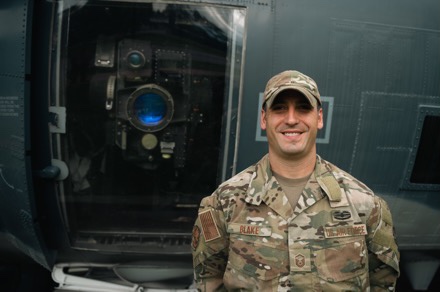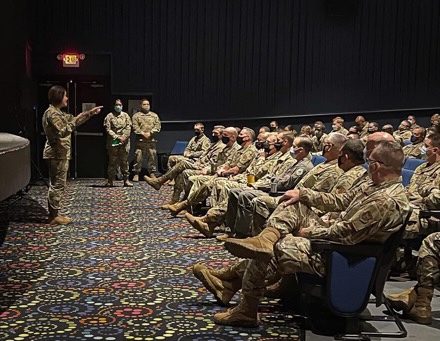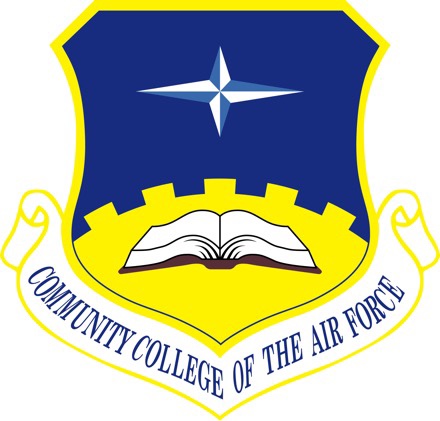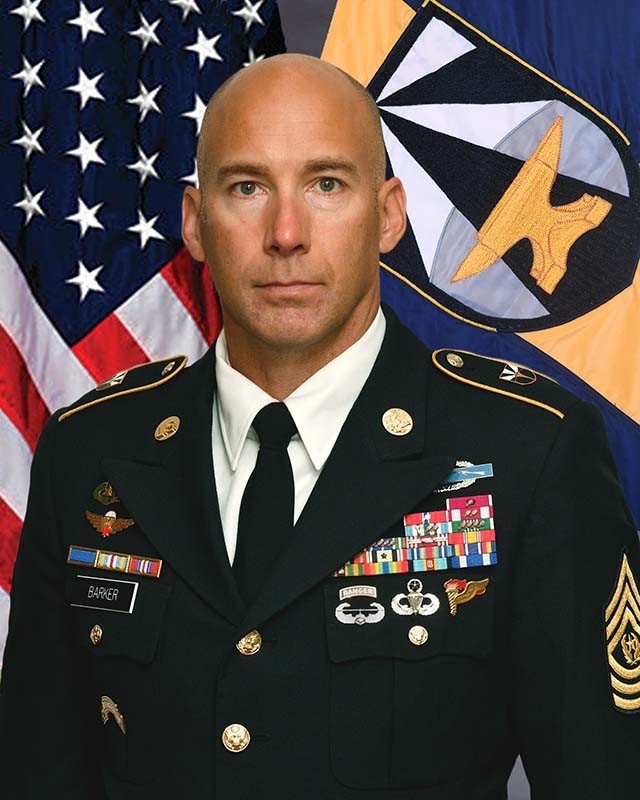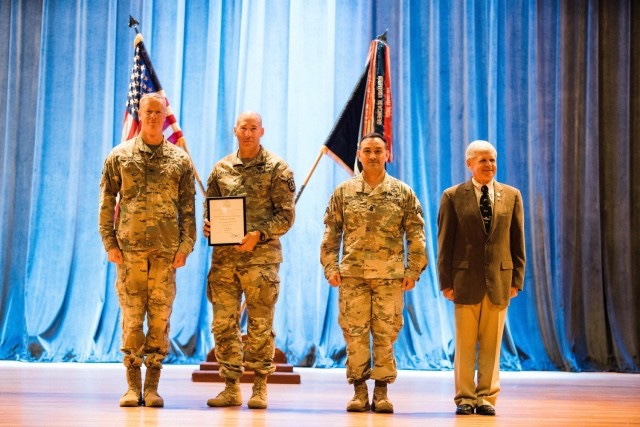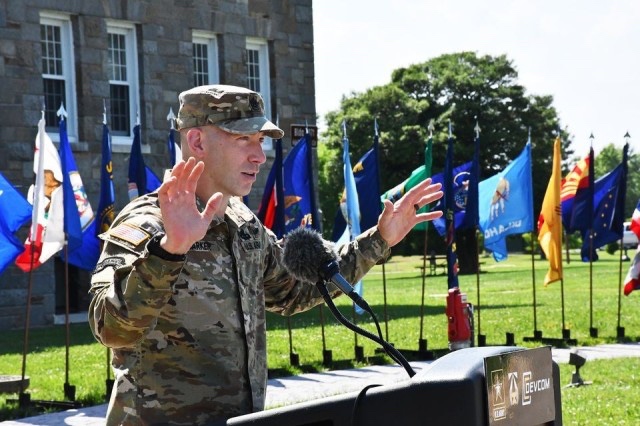NATIONAL HARBOR, Md. (AFNS) —
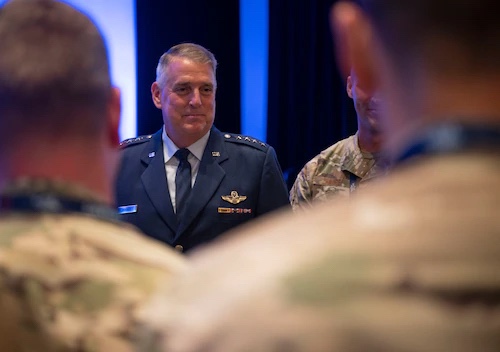
Gen. Mike Minihan, commander of Air Mobility Command, presented his case for the state of air mobility to a packed audience of Airmen at the 2022 Air, Space and Cyber Conference, Sept. 21.
His problem statement was direct, if provocative: the joint force is not as ready as it thinks it is, and the time to act is now.
“Nobody is going to care what our plans are for five to 10 years if we lose tomorrow,” Minihan said. “Our toys, our training, our desires are meaningless unless we maneuver them to unfair advantage and unrepentant lethality.”
During the 40-minute talk, Minihan laid out the role of the mobility air forces in projecting, connecting, maneuvering and sustaining the joint force. He cited both historical and recent examples, including AMC’s role in Operation Allies Refuge, that showed the need to rapidly employ lessons learned and strategically invest in mobility.
In doing so, he highlighted four critical gaps AMC has focused on closing to be ready for a pacing challenge: command and control, navigation, maneuvering under fire, and tempo.
He left no ambiguity about the urgency of the challenge faced.
“If we don’t have our act together, nobody wins,” he said. “They are tailor-making an air force to kill you. Not ‘you’ hypothetically … you. Look in the mirror.”
Similarly, he left no doubt about America’s resolve to face challenges now, even with work still to do.
“We have to make the best of what we have,” Minihan said. “If [my intelligence team] were to walk in my office tomorrow and say ‘[an adversary is] getting ready to go,’ what am I going to do now? I’m going to take roll of who we’ve got, we’re going to take roll of the toys we have, and we’re going.”
He also presented the challenges of geography through the lens of his joint experience in the Pacific, which AMC is preparing for on the road to Exercise Mobility Guardian 2023, set to take place next year within the Indo-Pacific region.
“There’s just too much water and too much distance for anyone else to deliver mobility at pace, at speed, and at scale like we do,” Minihan said. “I’m not interested in being the best Air Force on the planet. I’m interested in being the most lethal force the world has ever known. Mobility Guardian will be the crown jewel where we rehearse the winning scheme of maneuver.”
To get after the problem he presented, Minihan cited the need for a Mobility Manifesto, which he described as a public declaration of intentions, opinions and objectives of mobility as an organization. He argued the document is needed to best position mobility Airmen and their tools to present a scheme of maneuver for the joint force to win.
“Lethality matters most, and I’m coming at you like an Airman,” Minihan said. “This is about us and about our culture – it’s about Airmen. We’ve been here before. You will get zero sympathy from me about having to do big things quickly and about the significant challenges that exist.”
The presentation was a preview of the manifesto document that will be made available to mobility Airmen publicly at the end of October.
Over the last year, AMC has taken a deliberate approach to rapidly prepare for a high-end fight with a pacing challenger. Operations, activities and investments have all been focused on extracting maximum value out of existing capabilities and exploring how the mobility air forces can address gaps across communication, survivability and agility.
“In order to generate the tempo required to win, I’d rather check things out now,” he said. “Victory language comes into sharper contrast – the stakes are incredibly high.”
Minihan had words of advice for the audience: “Generate your courage, point the pointy end at the scary place, and execute.”
He concluded the discussion by putting the challenge ahead in contrast with Air Force Chief of Staff Gen. CQ Brown, Jr.’s readiness charge.
“When he says accelerate change or lose, we say we win or die.”
By Air Mobility Command Public Affairs
Photo by TSgt Zachary Boyer


